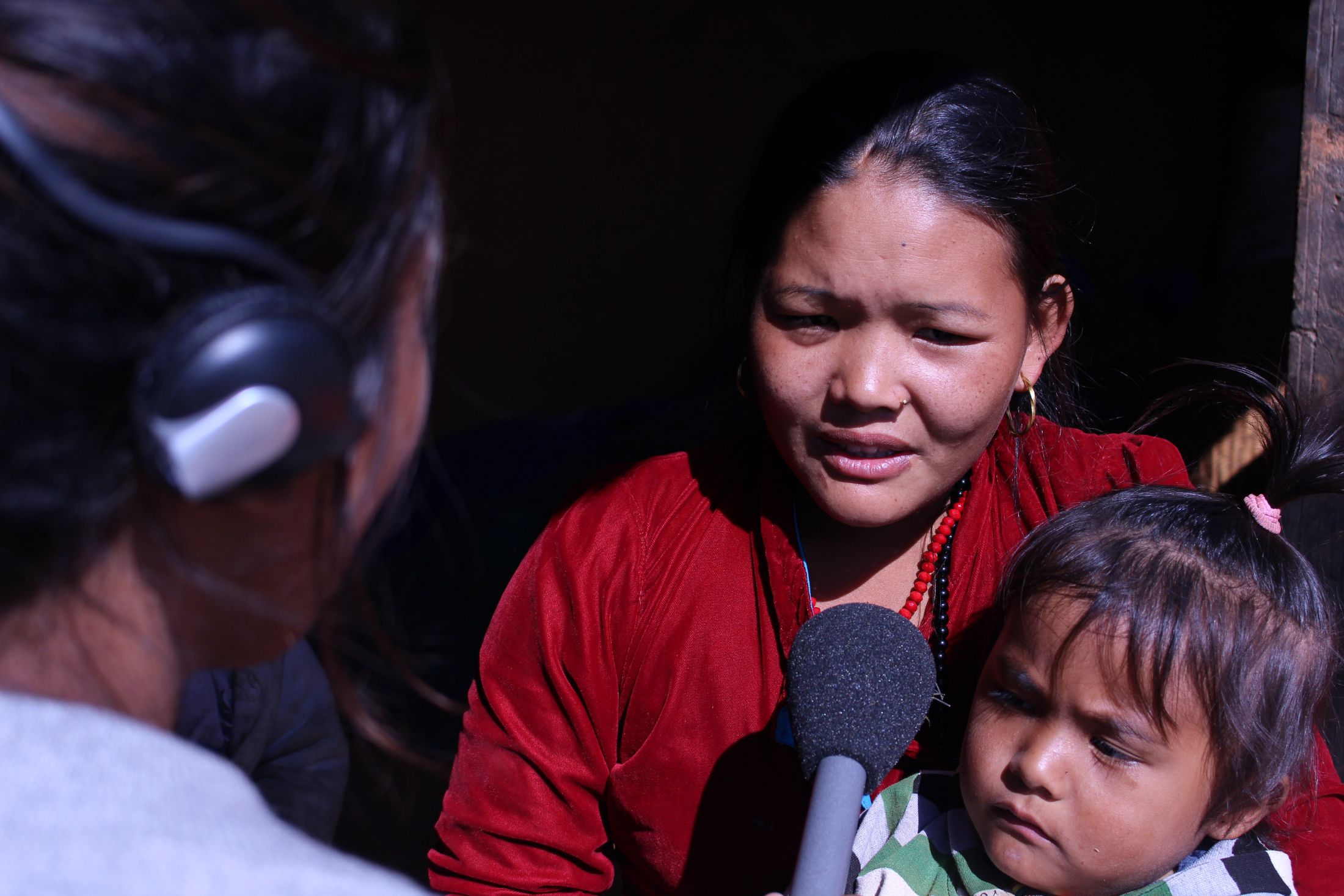
27 Apr Global Media Monitoring Project tools can address gender blind spots in news industry
A webinar on 25 April took a closer look at how to address two significant gender blind spots in the news industry: the lack of women of colour in leadership positions and persistent stereotyping of women in news coverage.
These conclusions emerged from the research project Missing Perspectives of Women in News run by Internews in 2020. The study revealed a lack of systematic monitoring of the representation of women within the industry and identified WACC’s Global Media Monitoring Project (GMMP) as the sole initiative that aims to improve the portrayal of women in the news. Interviewed as a key source for the research, Global Coordinator Sarah Macharia contributed insights from the GMMP.
Focusing on the findings from Missing Perspectives and a follow-up study From Outrage to Opportunity, webinar participants looked at why media organizations are not tackling the issue of portrayal, how nuanced monitoring can be a tool to address gender blind spots, and how the news industry can help bring media to the center of work for gender equality.
Why the industry is not tackling the issues
The GMMP gives a statistical picture of the long-term, 25-year inertia in news quality as far as gender equality is concerned, with consistent patterns of stagnation and decline. News stories are as (un)likely to clearly challenge gender stereotypes today as they were when first measured in 2005 – just 3% do so.
The problem is one of systemic sexism in the industry along with other ‘isms’ women also face that are specific to the local context, such as racism in multicultural societies, classism, homophobia, and ageism.
Denial plays a role in how “sticky” sexism is as does the fact that it is easier to go with the status quo when confronted with hard evidence and recommendations for action like gender equality in hiring for senior positions and board appointments.
Sexism is also embedded in everyday life, institutions, and behaviour. It feeds into and is fed by the media industry despite the knock-on effects on media business from gender inequality. There is not yet sufficient recognition that the news industry needs to be more vested in advancing gender equality in general in order for its bottom line to benefit as well.
How GMMP intersectional monitoring shows a way forward
The latest edition of the GMMP in 2020 lights a path to address blind spots as far as inclusion and portrayal are concerned by providing a tool to break down exactly which groups of women are underrepresented, stereotyped, subordinated, or treated unjustly and how.
Country teams were able to adapt the monitoring tools to capture data relevant to their national contexts like race or ethnicity, class or caste, religion and disability, or the political status of people and journalists in the stories monitored.
While automated or AI-driven monitoring has its place, the GMMP’s grassroots approach to monitoring brings an added value of building critical media literacy, creating audiences that can engage constructively and critically with media content and journalists.
How media can move from the periphery of gender equality work
The news industry needs to be front and centre of gender equality conversations to underscore its relevance in building a good society, one that is equal and fair and just.
Civil society has remained vigilant to ensure that accountability is demanded of the media as much as credit is given by doing the hard work of collecting evidence through media monitoring and developing analytical insights in partnership with researchers.
The media development sector tends to work with media but pays little heed to such actors in the broader environment. Media development agencies need to be more intentional in bringing to bear the expertise, knowledge, and zeal of civil society in a coordinated and substantive manner.
The 25 April webinar was one in a series on the findings of Missing Perspectives of Women in News, run by Internews, an international media development organisation and member of the GMMP network. The research was commissioned by the Bill & Melinda Gates Foundation and authored by Luba Kassova.
Photo: Bhawana Gurung/Wikimedia Commons (CC BY-SA 4.0)

Sorry, the comment form is closed at this time.